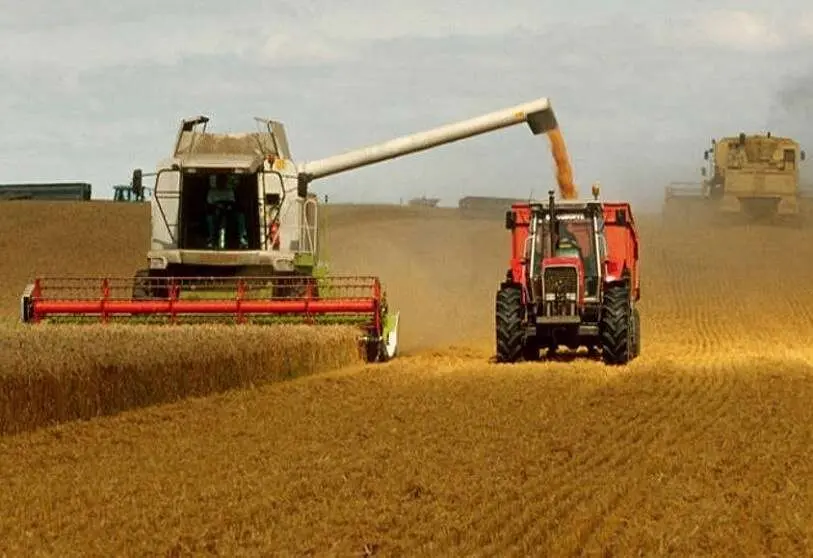Vegetable oil and cereals pull down food price index in July

The food price index recorded a significant drop in July, led by declines in world markets for major cereals and vegetable oils, the UN Food and Agriculture Organisation (FAO), which compiles the global benchmark, said on Friday.
The FAO said the indicator fell by 8.6% compared to June, to 140.9 points. The decline marked the fifth consecutive monthly drop since it reached record highs at the beginning of the year.
However, the decline in the basket of basic foodstuffs is still 13.1% higher than in July 2021.
According to FAO's chief economist, the decline in food prices is positive, especially after the observed rise in food prices, which mainly affected the poorest households in all countries.
"However, many uncertainties remain, including high fertiliser prices, which may affect future production prospects and farmers' livelihoods," Maximo Torero said.
In addition, the economist cited gloomy global economic projections and currency fluctuations as threats to food security.
One of the commodities that led to the decline in the index was vegetable oil, whose price fell 19.2% from June to July to reach a ten-month low.
The FAO noted that international quotations for all types of oil fell, with palm oil prices declining due to prospects of large production available for export from Indonesia, while sunflower oil fell sharply because of weak global import demand. Lower crude oil prices also put downward pressure on vegetable oil values.

Grain prices, meanwhile, retreated 11.5% on the month, although they remained 16.6% above their July 2021 value.
The reduction of up to 14.5% in world wheat prices as a result of the agreement reached between Ukraine and Russia to unblock exports from key Black Sea ports dragged down all cereals included in the index. Increased grain availability in Argentina and Brazil also contributed to the fall.
International rice prices fell for the first time in 2022.
Sugar, another food staple, declined by 3.8% relative to June on concerns about the demand outlook given expectations of a further global economic slowdown, a weakening Brazilian real and lower ethanol prices that drove higher sugar production in Brazil.
Signs of higher exports, as well as favourable production prospects in India, also contributed to the fall in world sugar prices, while warm and dry weather in the European Union raised concerns about sugar beet yields and prevented steeper price declines.

Dairy prices fell by 2.5% from June to July, but still persist at a level 25.4% above their July 2021 value. Milk powder and butter prices fell, while cheese prices remained stable, driven by demand in European tourist destinations.
The FAO meat price index also declined in July, down 0.5% from June, due to weakening import demand for beef, sheep and pig meat. In contrast, international poultry meat prices reached an all-time high, supported by strong global import demand and supply shortages due to outbreaks of avian influenza in the northern hemisphere.








